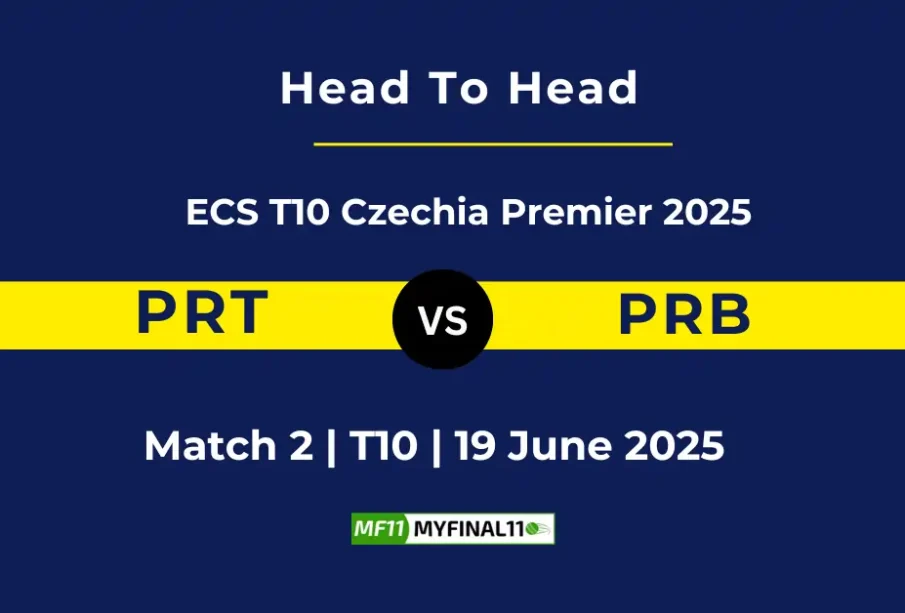Understanding the Differences Between PRT and PRB

Introduction
In the ever-evolving landscape of transportation systems, Personal Rapid Transit (PRT) and Public Rapid Bus (PRB) systems are two critical innovations being discussed widely. These systems have gained attention due to their potential to address urban mobility challenges, especially in densely populated areas. The choice between PRT and PRB has direct implications for efficiency, cost, and user experience, making it an important topic for urban planners and policymakers alike.
What is PRT?
Personal Rapid Transit (PRT) is a transportation mode featuring automated, driverless vehicles that operate on dedicated tracks. PRT systems are designed to provide quick and convenient transit solutions for short distances. They are often used in urban areas, airports, and large facilities, enabling passengers to reach their destinations without waiting for conventional buses. Notable examples include the PRT systems at Heathrow Airport and Morgantown, West Virginia.
What is PRB?
Public Rapid Bus (PRB), on the other hand, refers to bus rapid transit systems that utilize dedicated lanes to enhance the efficiency of conventional bus services. PRB systems aim to minimize travel time, increase passenger capacity, and provide a reliable alternative to personal vehicles. With features like pre-boarding fare collection and priority traffic signals, PRB systems improve the user experience compared to traditional bus services. Cities worldwide, such as Bogotá and Los Angeles, have implemented successful PRB systems.
Key Differences Between PRT and PRB
The primary difference between PRT and PRB lies in their operational architecture. PRT operates on a fixed rail system, ensuring minimal interference from road traffic. In contrast, PRB utilizes existing roadways and may face traffic congestion, although it benefits from dedicated lanes in many implementations. Additionally, PRT vehicles typically carry fewer passengers than a conventional bus, making them more suitable for shorter trips, while PRB can transport larger volumes of passengers effectively.
Current Trends and Developments
As urban populations continue to rise, the demand for efficient transport solutions increases. PRT systems have seen renewed interest as advancements in technology improve their viability, leading to reduced costs and improved user interfaces. Meanwhile, PRB systems have received significant funding and support, with cities investing in infrastructure to enhance their capabilities. For instance, in 2023, several Indian cities announced plans to expand their PRB networks to address urban mobility challenges.
Conclusion
In conclusion, both PRT and PRB offer distinctive advantages tailored to specific urban needs. As cities grapple with the complexities of modern transportation, understanding the differences between these two systems is crucial for informed decision-making. Policymakers must consider factors such as cost, efficiency, and user experience when evaluating new transit solutions. The future of urban transport may see an integration of both PRT and PRB systems to create a balanced, efficient, and accessible transportation network.









